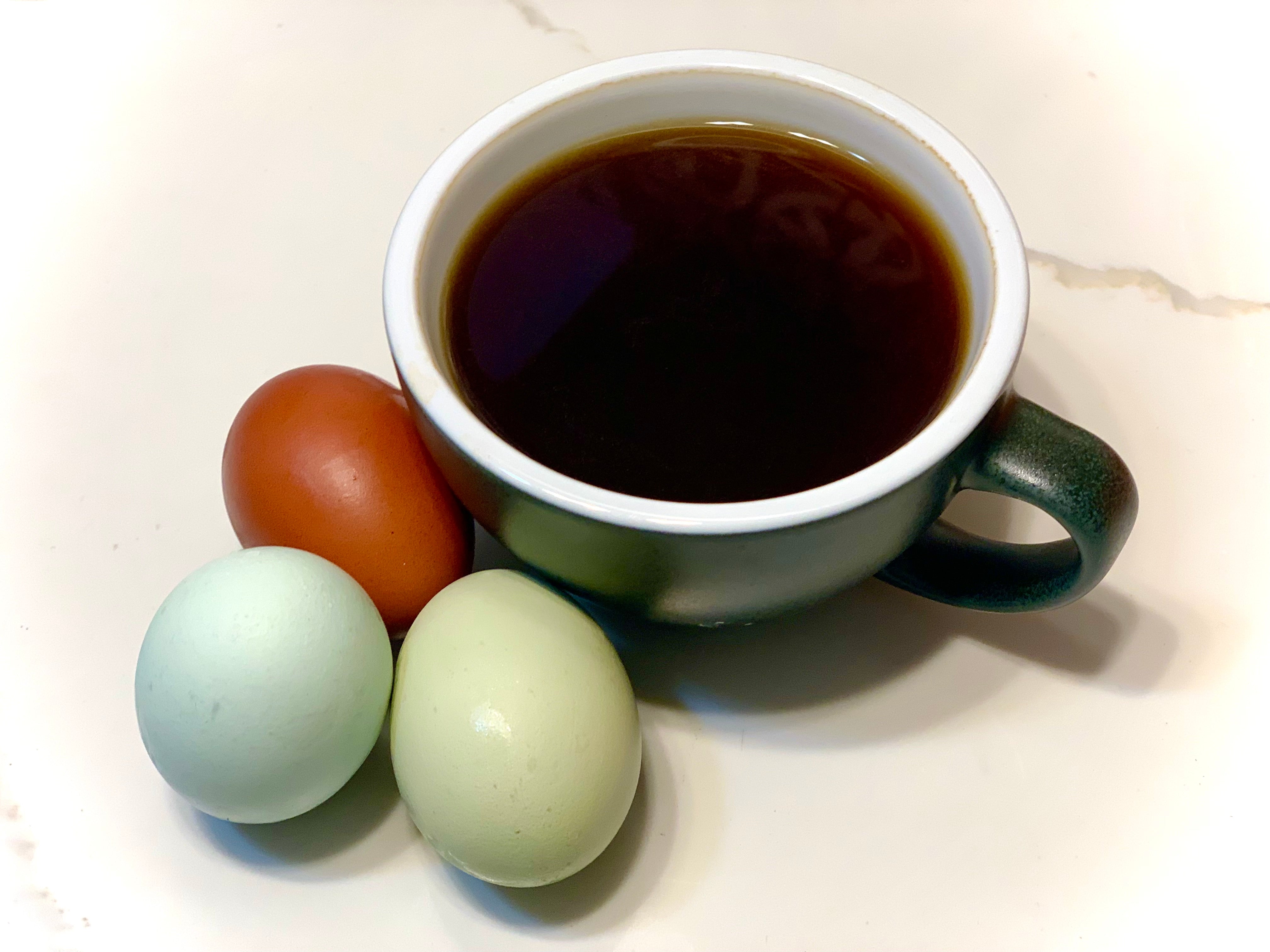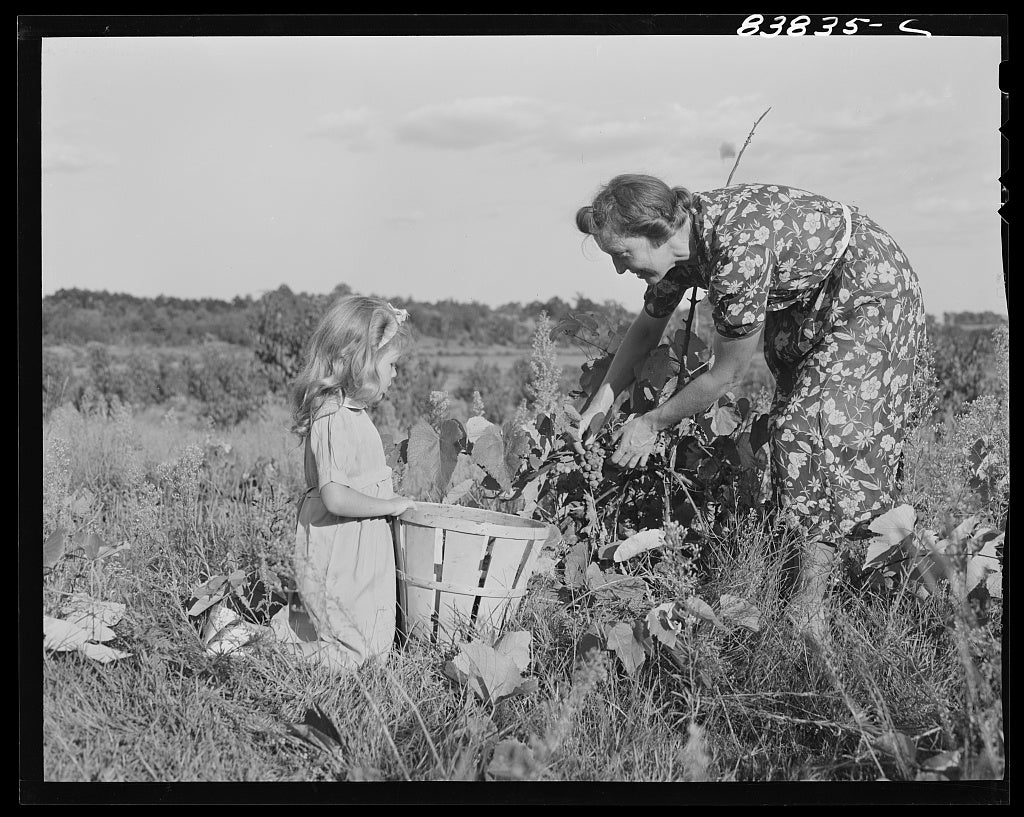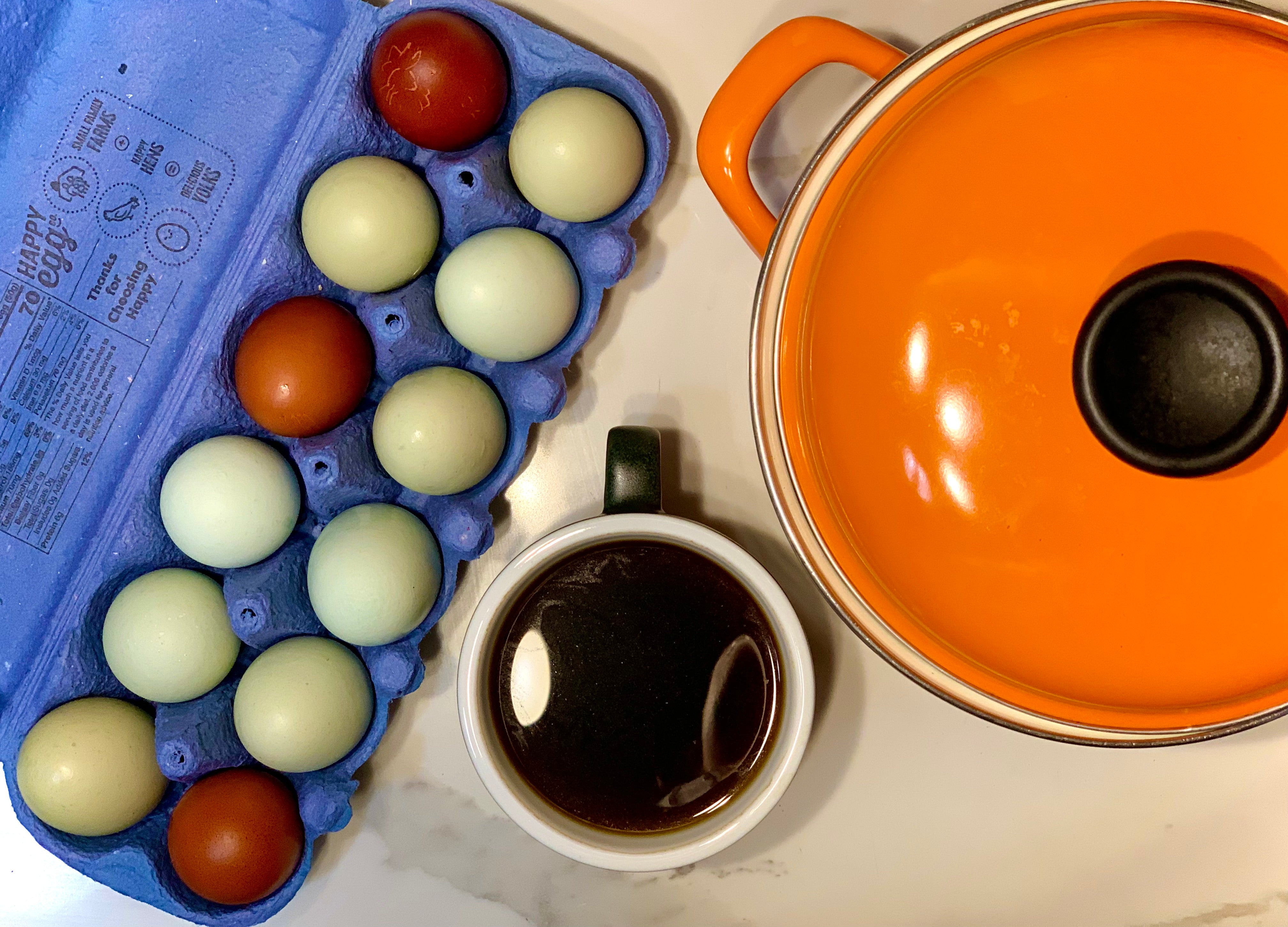Welcoming spring with Scandinavian egg coffee
Have you tried Scandinavian egg coffee?
In many cultures, eggs symbolize spring and the happenings of this season: the cycle of life, fertility, rebirth, and renewal. In the spirit of spring and Easter, let me introduce you to egg coffee. Yep, that’s right! A few traditional coffee recipes include eggs – namely, Vietnamese egg coffee (strongly brewed coffee topped with a whip of egg yolk and condensed milk) and Scandinavian egg coffee. Sorry fellow vegans; I tried and failed at creating an authentic vegan Scandinavian egg coffee, and didn’t dare attempt a vegan Vietnamese egg coffee.
Scandinavian egg coffee is also called Norwegian egg coffee and Swedish egg coffee, since its exact origin got a bit muddled as it emerged from a melting pot of Scandinavian-American immigrant culture in the 19th century.

Scandinavians innovated coffee brewing upon immigrating to the U.S.
Scandinavia is generally considered to include Denmark, Norway, and Sweden. In the early 1800s, Scandinavians gradually began voyaging to the U.S. in search of more land and religious freedom. By the 1900s, a mass exodus from Sweden and Norway brought over 2 million immigrants to the U.S., mostly settling in the East Coast and Midwest. For those Scandinavian-Americans, churches were important for preserving their languages and social institutions. Scandinavian-American Lutheran church gatherings created a coffee recipe dubbed "church basement coffee" for its large quantities made in pots for all the church-goers. It goes without saying that egg coffee is the perfect drink to serve up for Easter this weekend!
According to some accounts of egg coffee origins, many people living in the U.S. often reused coffee grounds in the 1800s because beans were so expensive. As you can imagine, this recycled coffee tasted muddy and gritty. Since most people lacked sophisticated filtration methods, Scandinavian immigrants added protein-rich substances like eggs and fish skins to the recycled coffee to filter out these taste impurities. To make the Scandinavian egg coffee we know today, a raw egg (traditionally eggshell and all) is mixed into the coffee grounds during brewing. Midwesterners continue to keep this tradition alive.

Collier, J. Norwich, Connecticut vicinity. Swedish farmer and daughter picking grapes on their farm. Library of Congress.
The science of culinary clarification
This egg filtration method isn’t actually all that peculiar. For hundreds of years, clarification has been used to enhance everything from soups to cocktails, creating a creamier mouthfeel and less acidic taste. Opaque liquids like coffee are technically called suspensions because they contain suspended particles floating around in a clear liquid. Clarification removes these particles. In modern times we mainly use three methods of clarification: filtration, gravitational, and gel. Egg is one option for gel clarification, which can also be done with agar, meat, gelatin, and other substances that can form a gel. When an “impure” liquid is combined with a gelling agent, the particles that make the liquid cloudy get trapped in the gel while the free liquid that remains becomes clear and purified.
Why egg-clarified coffee works and tastes so good
In the case of coffee, adding egg while brewing allows the grounds to separate from the water easily. This is handy if you don’t have a brewing device or filter. The proteins in the egg whites extract the bitterness from the coffee, resulting in a lighter, clearer brew with lower acidity, cleaner taste, and a velvety texture. The egg shells further neutralize the acids in coffee, making the final brew even smoother and easier on your stomach.
In this method, you mix one raw egg with coarsely-ground coffee and then simply pour the mixture into a pot of boiling water. After several minutes of simmering the coffee-egg mixture, the grounds form clumps that are held together strongly by the egg protein. Then those clumps float to the top. Once that happens, the brewing process is complete and you add cold water to the pot to cause the clumps to sink to the bottom. This makes the clarified coffee easy to decant from the top.

Coffee professionals say this method unequivocally enhances the taste and texture of coffee. But don’t take their word for it – try it yourself! HuffPost has a personal-sized recipe and The Spruce Eats has a batch recipe fit for an Easter party.
*Coffee brewing water temperatures won’t reach boiling so the egg may not fully cook. This increases the risk of salmonella.
Written by
Melina Devoney
Barista & Blogger